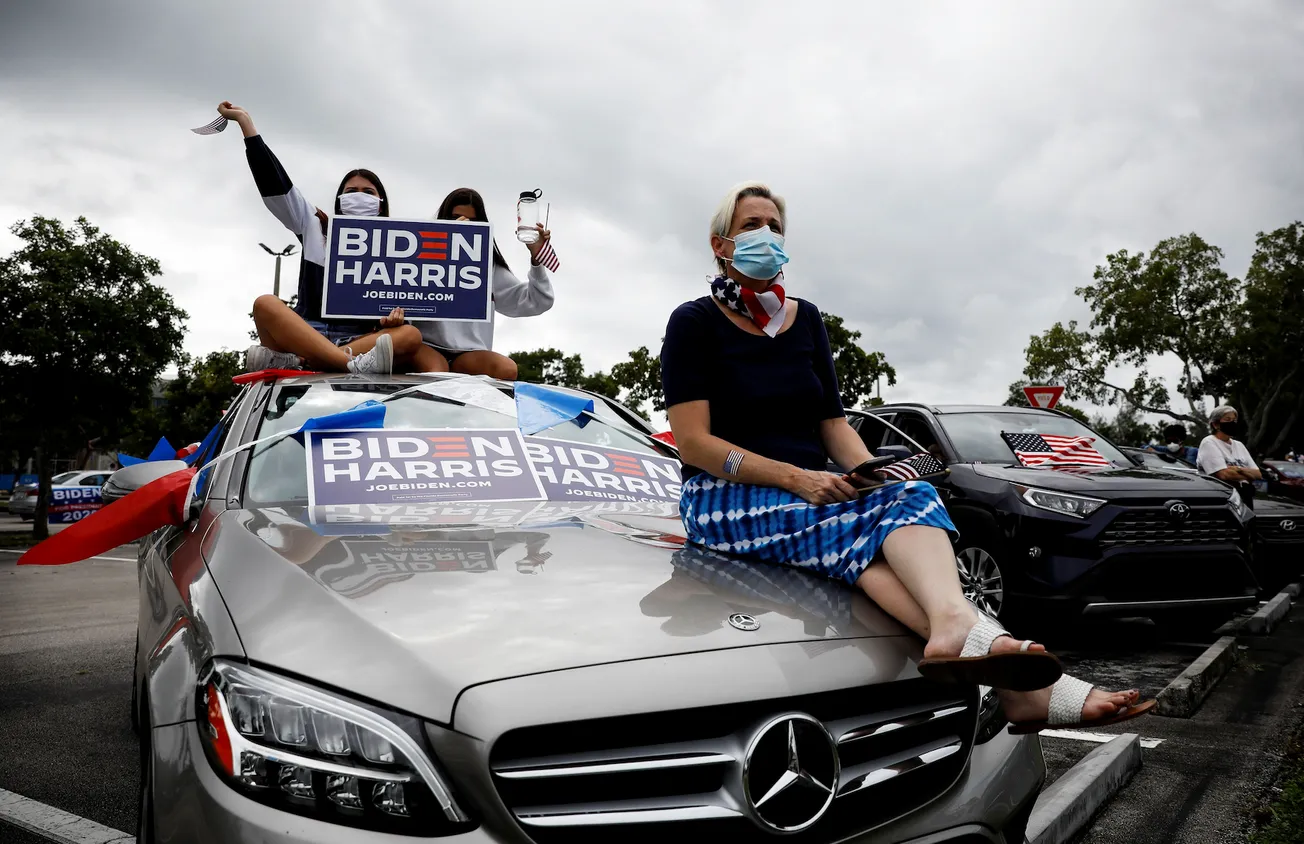Table of Contents
The results of the 2020 election challenge both parties’ identities. Republicans are split over the GOP’s future, unsure of whether to embrace a vision of conservatism that focuses on blue-collar Americans or to change course and attempt to woo back suburban voters. Democrats have assembled a new coalition that challenges the party’s historical working class identity.
Given that an increasing number of Americans are graduating from college and that college graduates are, on average, more liberal, the Democratic Party was destined to inherit a large, wealthy cohort. As of this election, Democrats represent 79 of America’s 100 wealthiest congressional districts; a decade ago they represented only 50. Joe Biden raised three times more than Donald Trump from zip codes in which the median income was over $100,000. While the shift of wealthy voters towards Democrats may have delivered Joe Biden the presidency, in the process these voters have reshaped the Democratic Party to reflect their economic interests and cultural values.
The politics of affluent voters have changed in part because the route to a high salary has changed. Owning a small or medium-sized business, which does not require a college degree and encourages Republican views (60% of business owners donated to the Trump campaign), was once a dependable path to comfortable wealth. But even prior to the pandemic, running a small business has become more difficult. As a result, American entrepreneurship has steadily declined. Instead, a college degree has become almost necessary (though not a guarantee) to earn a comfortable salary.
Unsurprisingly, the Democratic Party’s policy agenda has been influenced by its growing number of wealthy supporters. Affluent Democrats may align with their party on social policy, but they still shy away from backing tax increases that target their incomes. As a result, the Democratic establishment has actually grown more wary of pursuing such policies, in spite of the media attention over aggressive wealth redistribution plans that a minority in the party has supported. Democrat leadership have even supported tax cuts to maintain suburban support; Senator Schumer, Speaker Pelosi, and Joe Biden have repeatedly promised to resurrect a $90 billion tax break, 60% of which would go to the top 1% of earners. Setting aside the merits of the Democratic Party’s economic policy, Democrats' insistence that they represent working class Americans stands in clear contrast to the reality that working class Americans are less likely to vote for them or benefit from their policies.
***
The shifting political loyalties of affluent voters have scrambled America’s political landscape. Democratic gains among wealthy suburbanites fueled the party’s takeovers in once-Republican states like Colorado and Virginia (and likely Arizona and Georgia over the next decade). The political coalitions of the 2000s are no longer stable. Both parties will face the consequences of this realignment and will have to decide which Americans they want to represent.
For Democrats, their new coalition may prove too fragile to hold. Wealthy Democrats, whose progressive energy is directed more towards social issues than economic policy, may repel some minority voters (who, on average, are more socially conservative than the typical Democrat), while also disheartening progressives who demand greater wealth distribution. Barring some masterful political strategy, Biden, who began his political career in a starkly different Democratic Party, may prove to be the last Democratic candidate who can unite all three groups.
For Republicans, the recognition that high-earning individuals are less likely to vote for the GOP may compel a rethinking of their economic platform, as some have argued. But Republicans, stinging from their losses in the suburbs, may instead choose to retreat to the familiar pre-Trump consensus. From a political standpoint, this decision would be misguided. Any GOP attempt to attract its former wealthy, college-educated voting base will find a long-shuttered door.
As college graduates grow more liberal, universities, not unions, have become the Democratic Party’s greatest recruitment force. While this trend has benefited the Democratic Party in recent elections, it has come with a long-term cost. A Democratic Party whose policies originate in Brooklyn will have weaker appeal to Americans who live far from large cities. As Joe Biden received a lower share of the vote in blue-collar counties than Clinton or Obama, it is becoming clear that the Democratic Party will have to create for itself a new identity, independent of its historical working class activism. The revolt of the suburbanites against the Republican Party may prove just as consequential as Trump’s crucial support from ‘forgotten Americans’ four years ago.









